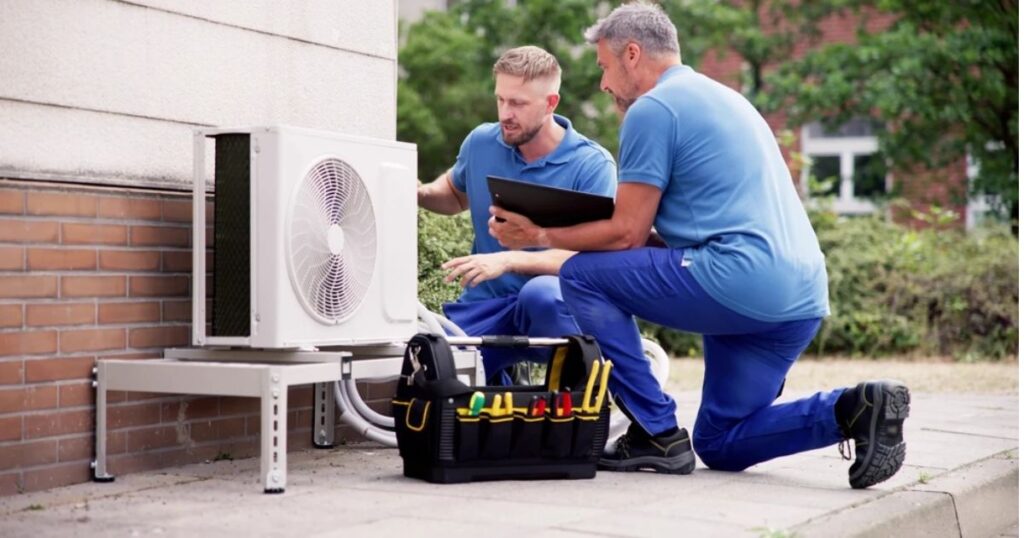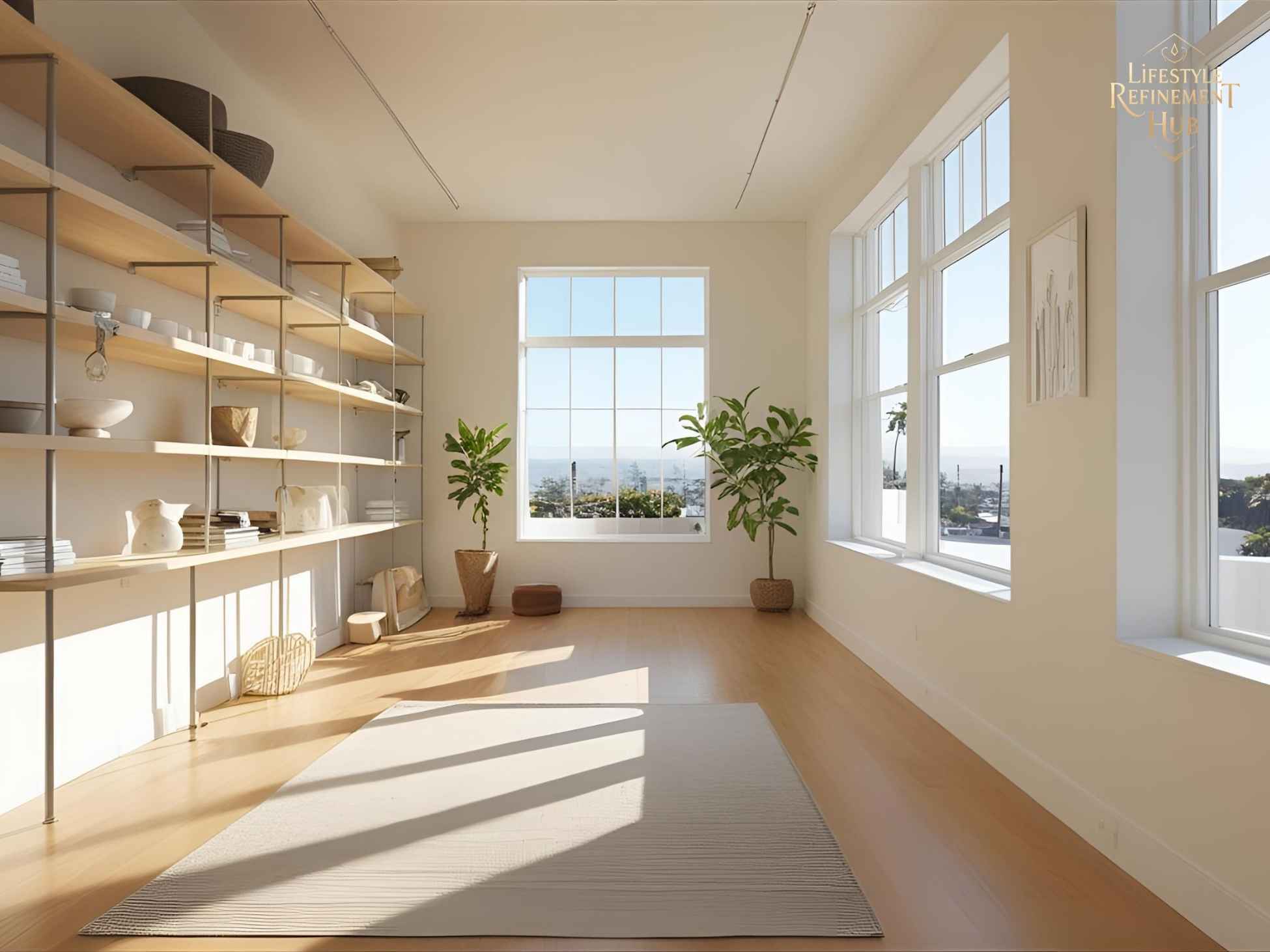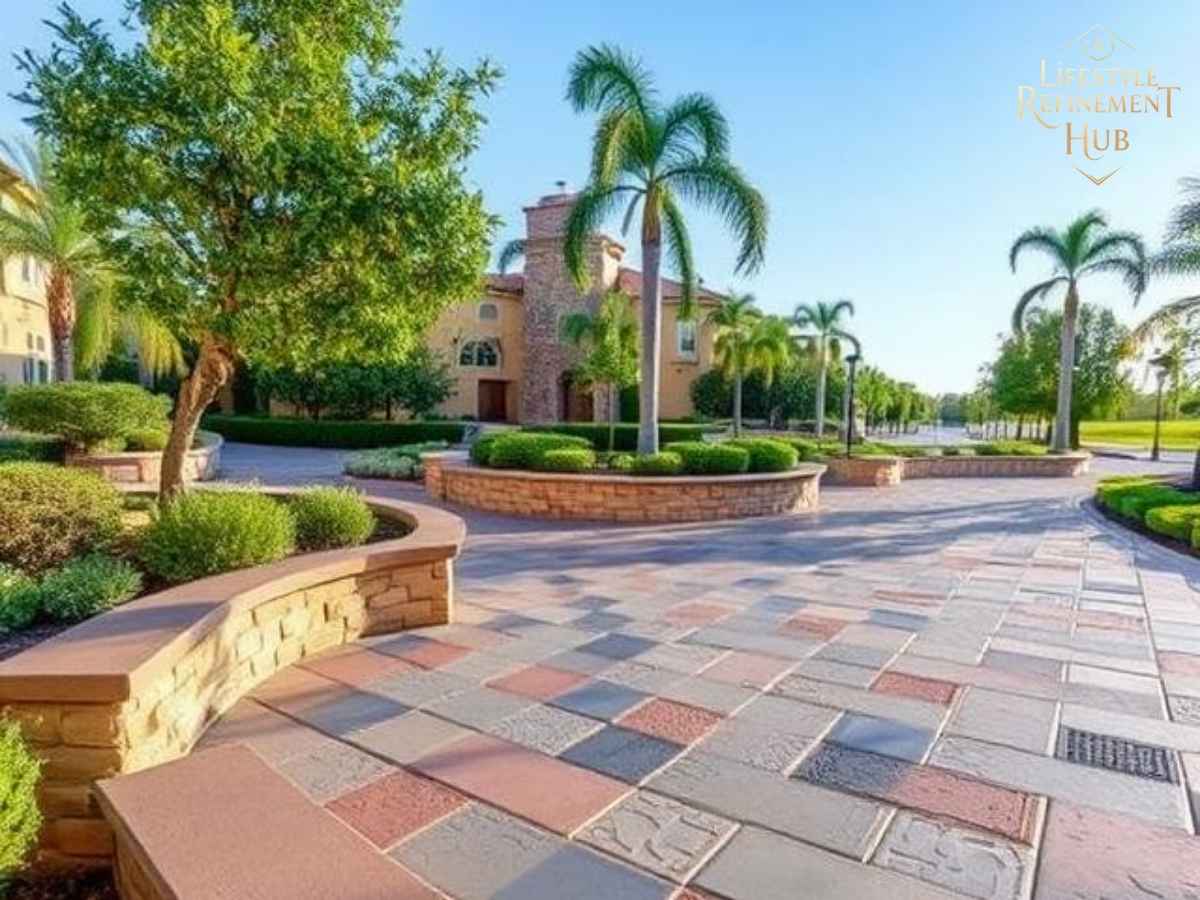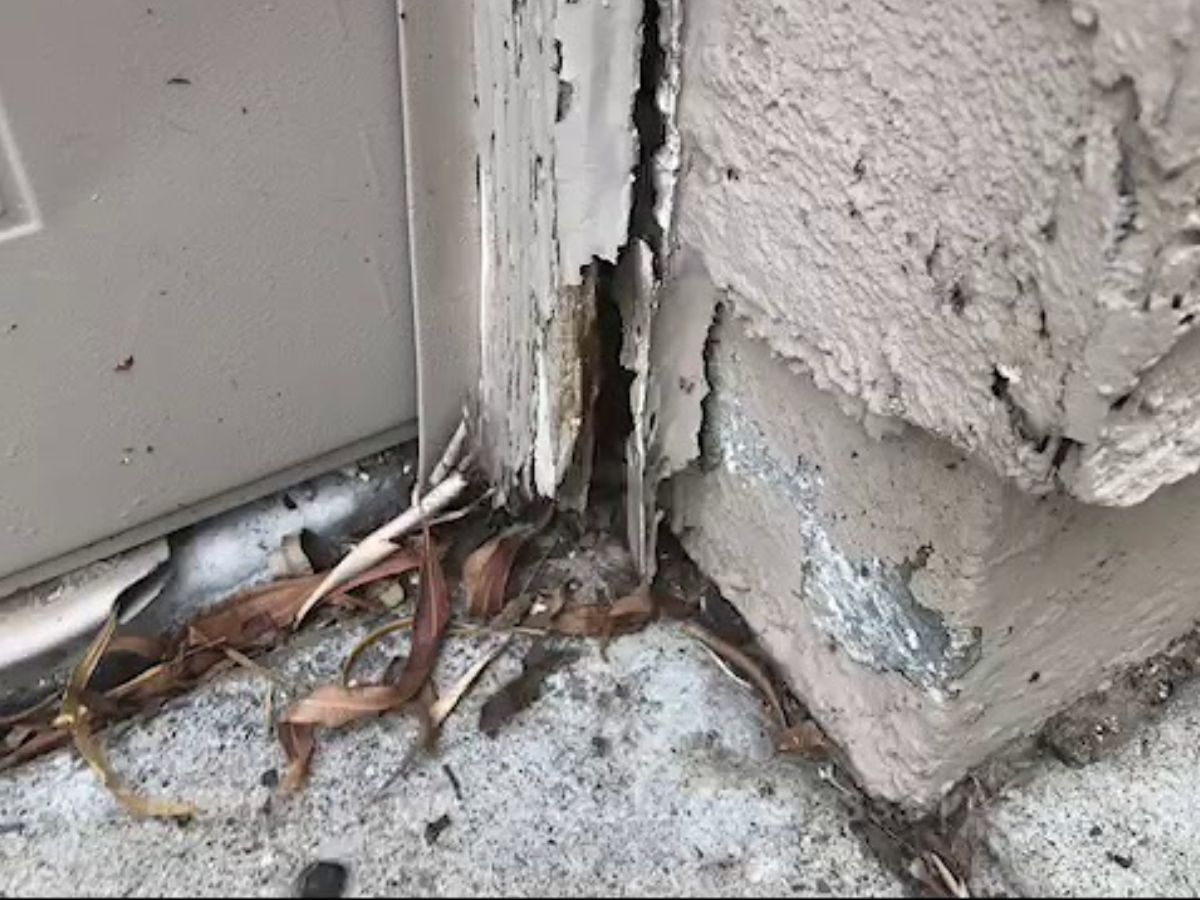When Sarah Chen received her August LADWP bill showing $385 for cooling her Sherman Oaks home (ZIP 91423), she realized her 20-year-old programmable thermostat wasn’t cutting it anymore. Like thousands of Los Angeles homeowners discovering the power of technology, Sarah learned that smart thermostat installation in Los Angeles homes offers the perfect blend of comfort, convenience, and substantial energy savings.
Los Angeles presents unique opportunities for smart thermostat technology that many residents haven’t fully explored. The region’s diverse microclimates—from coastal Santa Monica’s 75°F summers to Van Nuys reaching 105°F—create perfect conditions for intelligent temperature control. Smart thermostats adapt automatically to these variations, learning your preferences while optimizing energy usage across LA’s distinct neighborhoods.
Modern smart thermostats do far more than maintain temperature. They integrate with LADWP’s time-of-use rates, provide detailed energy reports, and can be controlled from anywhere via smartphone apps. With features like geofencing, learning algorithms, and voice control, these devices transform how LA homeowners interact with their HVAC systems.
Understanding Los Angeles Climate Challenges
Los Angeles County encompasses dramatic temperature variations that make smart thermostats particularly valuable. Coastal neighborhoods like Manhattan Beach and Venice experience 15-20°F cooler temperatures than inland valleys like Woodland Hills and Burbank. These microclimates create unique heating and cooling demands that traditional thermostats struggle to manage efficiently.
The region’s Mediterranean climate produces distinct seasonal patterns. Winter nights in downtown LA average 48°F, while summer days routinely reach 85°F. However, areas like Lancaster and Palmdale can experience temperatures 10-15°F more extreme in both directions. Smart thermostats excel in these conditions by automatically adjusting to weather forecasts and learning from local temperature patterns.
Santa Ana wind events create sudden temperature spikes that catch traditional thermostats off guard. These hot, dry winds can raise temperatures 20°F within hours, overwhelming static programming. Smart thermostats respond immediately to these conditions, preemptively adjusting cooling systems before indoor temperatures become uncomfortable.
Los Angeles also faces air quality challenges from wildfire smoke, traffic pollution, and marine layer moisture. Smart thermostats integrated with air quality monitoring can adjust ventilation settings automatically, improving indoor air while maintaining efficiency. This capability becomes increasingly valuable during LA’s fire season and smog alerts.
Why Smart Thermostats Excel in LA Homes
Energy cost management becomes crucial with LADWP’s tiered rate structure. Smart thermostats optimize usage during lower-cost periods while maintaining comfort during peak hours. Time-of-use programming automatically shifts cooling loads to avoid expensive afternoon peak rates that can exceed $0.30 per kWh.
Los Angeles housing stock varies dramatically, from 1920s Craftsman homes in Pasadena to modern condos in Downtown LA. Smart thermostats adapt to different architectural styles and HVAC systems. Older homes with radiator heat benefit from learning algorithms that account for thermal mass, while newer properties with forced-air systems gain from precise zoning control.
Remote control capabilities address LA’s commute culture. With average commutes exceeding 30 minutes, homeowners frequently arrive to uncomfortable homes after systems have run inefficiently all day. Smart thermostats use geofencing to detect when you’re returning, preconditioning homes for arrival while avoiding unnecessary energy consumption.
The region’s mild winters make heat pumps increasingly popular, and smart thermostats optimize their operation. These systems require different control strategies than traditional furnaces, with smart thermostats managing auxiliary heat usage and defrost cycles more efficiently than conventional controls.
Real Los Angeles Case Studies
Case Study 1: Beverly Hills Energy Transformation
Jennifer and Mark Thompson’s 1980s contemporary home near Rodeo Drive (ZIP 90210) struggled with uneven temperatures and high energy costs. Their old programmable thermostat couldn’t handle the home’s complex zoning system, leading to some rooms being too hot while others remained cool. After installing an Ecobee Smart Thermostat Premium with remote sensors, their monthly energy costs dropped from $320 to $180 during peak summer months. The system learned that the family primarily used the kitchen and family room during evenings, automatically adjusting individual zones accordingly. Smart scheduling integrated with LADWP’s time-of-use rates, shifting major cooling loads to off-peak hours. The Thompsons particularly appreciate voice control through Alexa, allowing temperature adjustments while cooking or entertaining.
Case Study 2: Highland Park Historic Home Upgrade
David Rodriguez’s 1920s Craftsman home in Highland Park (ZIP 90042) presented unique challenges with its original radiator heating system and window air conditioning units. The home’s thick plaster walls and high ceilings created thermal lag that confused traditional thermostats. A Nest Learning Thermostat installation with professional calibration transformed comfort and efficiency. The learning algorithm adapted to the home’s thermal mass, anticipating temperature changes hours in advance. Monthly energy costs decreased from $280 to $155 while maintaining consistent temperatures throughout the vintage home. David especially values the system’s auto-away feature, which detects when the house is empty and adjusts temperatures accordingly—perfect for his irregular work-from-home schedule.
Case Study 3: Manhattan Beach Coastal Comfort
Lisa and Tom Chang’s modern townhome near Manhattan Beach Pier (ZIP 90266) faced unique challenges from marine layer moisture and salt air. Their previous smart thermostat failed after two years due to corrosion, while inconsistent humidity levels created comfort problems. Professional installation of a Honeywell Home T9 with humidity control resolved both issues. The system’s weather-resistant design handles coastal conditions while integrated humidity sensors maintain optimal comfort despite changing marine layer conditions. Energy costs dropped from $245 to $135 monthly, with the system automatically adjusting for morning marine layer cooling and afternoon ocean breezes. The Changs appreciate detailed energy reports showing exactly how weather patterns affect their consumption.
Top 3 Los Angeles Smart Thermostat Installers
1. Season Control HVAC
Specializing in WiFi thermostat installation throughout Los Angeles, Season Control understands the region’s diverse microclimates and provides customized solutions for different neighborhoods. Their technicians are trained on all major smart thermostat brands and ensure compatibility with existing HVAC systems. They offer comprehensive installation services including electrical upgrades when needed, plus integration with other smart home systems. Season Control provides ongoing support and maintenance to ensure optimal performance year-round. Their expertise with LA’s varied housing stock makes them ideal for complex installations.
Website: seasoncontrolhvac.com
2. JMS Air Conditioning and Heating
Serving Los Angeles since 1993, JMS brings decades of experience to smart thermostat installations. They specialize in both residential and commercial applications, offering complete system integration services. Their technicians handle everything from basic replacements to complex multi-zone installations with remote sensors. JMS provides detailed consultations to help customers choose the right smart thermostat for their specific needs and budget. They offer 100% satisfaction guarantees and continue supporting older thermostat models when others don’t.
Website: jmsacandheating.com
3. Lions HVAC
Lions HVAC excels in smart WiFi thermostat installations across Los Angeles, bringing expertise with all major brands and HVAC system types. Their technicians are particularly skilled at resolving compatibility issues and upgrading electrical systems when necessary. They provide comprehensive smart home integration services, connecting thermostats with other automated systems. Lions HVAC offers competitive pricing with transparent upfront quotes and no hidden fees. Their local focus means they understand LA-specific challenges like salt air corrosion and wildfire smoke impacts.
Website: lionshvac.com

LADWP Rebates and California Incentives
Los Angeles Department of Water and Power offers substantial rebates for smart thermostat installations through their Efficient Product Marketplace program. Customers can receive up to $140 for Energy Star certified smart thermostats, with higher rebates during summer savings specials. The program covers up to two units per household over five years, making whole-home upgrades more affordable.
Required documentation includes proof of LADWP service, itemized purchase receipts, and Energy Star certification numbers. Applications must be submitted within 12 months of purchase, either online or by mail. Online applications receive electronic gift cards within 5 days, while mail-in applications receive prepaid VISA cards in 8-10 weeks.
Southern California Edison customers in parts of LA County also qualify for rebates and bill credits through their marketplace program. Some models qualify for both instant rebates at purchase and additional mail-in rebates, maximizing savings opportunities.
Federal tax credits may apply for smart thermostats installed as part of comprehensive energy efficiency upgrades. While standalone thermostat installations don’t qualify, they can contribute to overall home energy improvements that meet federal credit requirements.
Installation Requirements and Process
Smart thermostat installation in Los Angeles homes typically requires basic electrical knowledge but many homeowners can complete installations themselves. However, professional installation ensures proper calibration, warranty coverage, and integration with existing HVAC systems. Most installations take 1-2 hours depending on system complexity.
Compatibility verification represents the most critical first step. Smart thermostats require specific wiring configurations, with most needing a C-wire (common wire) for continuous power. Older LA homes may lack this wire, requiring professional installation of adapters or new wiring runs.
Professional installation provides several advantages including warranty coverage, proper calibration for local climate conditions, and integration with other smart home systems. Technicians can also identify and resolve HVAC issues that affect thermostat performance, ensuring optimal operation from day one.
Permit requirements vary by installation type and local jurisdiction. Simple replacements typically don’t require permits, while new installations or electrical upgrades may need approvals from LADBS or LA County Building and Safety. Professional installers handle permit requirements when necessary.
Smart Thermostat Features for LA Homes
Learning algorithms adapt to Los Angeles microclimates by analyzing local weather patterns, home thermal characteristics, and family schedules. These systems become more efficient over time, automatically adjusting for seasonal changes, Santa Ana wind events, and marine layer variations.
Geofencing capabilities use smartphone locations to detect when family members leave or approach home. This feature works particularly well in LA where commutes can vary dramatically due to traffic patterns. Systems can delay cooling until someone heads home while ensuring comfort upon arrival.
Multi-zone control addresses common LA home layouts including split-level designs, converted garages, and homes with additions. Smart thermostats with remote sensors ensure consistent temperatures throughout different areas while avoiding energy waste in unused spaces.
Integration with smart home ecosystems allows voice control through Alexa, Google Assistant, or Siri. Many LA homeowners appreciate controlling temperature without leaving bed or while cooking. Integration with other smart devices enables automated responses to home security systems, lighting changes, or entertainment system usage.
Advanced Energy Management Features
Time-of-use optimization maximizes savings with LADWP’s rate structure. Smart thermostats automatically shift energy usage to lower-cost periods while maintaining comfort during peak hours. Pre-cooling during off-peak morning hours reduces afternoon energy demands when rates are highest.
Detailed energy reporting helps homeowners understand consumption patterns specific to LA’s climate. Reports show how weather events, marine layers, and Santa Ana winds affect energy usage. This information enables better decision-making about home improvements and usage habits.
Smart maintenance alerts prevent costly HVAC problems by monitoring system performance and notifying homeowners when filters need changing or professional service is required. Early detection of issues prevents equipment failures during LA’s hottest summer days when repair services are in highest demand.
Integration with solar panel systems optimizes energy usage when home generation is highest. Smart thermostats can increase cooling during peak solar production hours while reducing grid consumption during expensive peak periods.
Professional Installation vs. DIY
DIY installation works for straightforward replacements where existing wiring is compatible and no electrical upgrades are needed. Most smart thermostat manufacturers provide detailed instructions and phone support for homeowners comfortable with basic electrical work.
Professional installation becomes essential when C-wire installation is required, HVAC compatibility issues exist, or multi-zone systems need integration. LA’s diverse housing stock often presents unique challenges that require professional expertise to resolve properly.
Warranty considerations favor professional installation since many manufacturers provide extended warranties only when certified technicians perform installations. Professional installation also ensures compliance with local electrical codes and manufacturer specifications.
Safety factors include electrical hazards and HVAC system damage that can result from improper installation. Professional technicians carry insurance and have training to handle unexpected complications safely.
Climate-Specific Programming Tips
Summer programming should account for LA’s gradual morning warmup by starting pre-cooling around 7 AM before outside temperatures climb. Peak cooling demands typically occur 2-4 PM, so smart scheduling can shift loads to morning hours when rates are lower.
Marine layer effects in coastal areas create unique programming opportunities. Systems can reduce cooling during morning marine layer hours while increasing capacity as afternoon clearing occurs. Smart thermostats learn these patterns automatically but benefit from initial seasonal adjustments.
Winter heating in LA requires different strategies than colder climates since outdoor temperatures rarely drop below 40°F. Smart thermostats can maintain lower overnight temperatures while quickly warming homes in the morning, taking advantage of mild conditions.
Santa Ana wind events need special consideration since these hot, dry conditions can raise indoor temperatures rapidly. Smart thermostats with weather integration can preemptively increase cooling when wind alerts are issued, maintaining comfort during these challenging conditions.
Maximizing Energy Savings
Proper temperature settings optimize comfort and efficiency with recommended settings of 78°F for cooling and 68°F for heating when home. Smart thermostats make these temperatures feel more comfortable through humidity control and consistent air circulation.
Smart scheduling reduces energy waste by automatically adjusting temperatures during sleep hours and when homes are empty. Learning algorithms refine these schedules based on actual occupancy patterns rather than rigid programming.
Remote sensor placement in frequently occupied rooms ensures comfort where it matters most while avoiding energy waste in unused areas. Strategic sensor placement accounts for LA’s varied sun exposure and home orientations.
Integration with other efficiency measures including ceiling fans, window coverings, and insulation improvements multiplies smart thermostat benefits. These systems work together to reduce overall energy consumption while maintaining superior comfort.
Making the investment in smart thermostat installation positions Los Angeles homeowners for improved comfort, significant energy savings, and enhanced home automation capabilities. The combination of LA’s favorable climate, available rebates, and advancing technology makes now an ideal time to upgrade your home’s temperature control system.
Frequently Asked Questions
Q: Will a smart thermostat work with my older LA home’s HVAC system?
A: Most smart thermostats work with standard HVAC systems, but older LA homes may need electrical upgrades. The key requirement is a C-wire (common wire) for continuous power, which many homes built before 1990 lack. Professional installers can add C-wire adapters or run new wiring when needed. Homes with older radiator systems or swamp coolers may have compatibility limitations.
Q: How much can I save on LADWP bills with a smart thermostat?
A: LA homeowners typically save 10-20% on energy bills through smart thermostat optimization. Savings depend on your current system efficiency, home characteristics, and usage patterns. Time-of-use programming with LADWP rates provides additional savings by shifting usage to lower-cost periods. Most installations pay for themselves within 18-24 months.
Q: Do I need permits for smart thermostat installation in Los Angeles?
A: Simple thermostat replacements typically don’t require permits. However, new installations requiring electrical work or HVAC modifications may need permits from LADBS or LA County Building and Safety. Professional installers handle permit requirements when necessary and ensure code compliance.
Q: Which smart thermostat brands work best in LA’s climate?
A: Popular brands like Nest, Ecobee, and Honeywell all perform well in LA conditions. Coastal areas benefit from models with corrosion-resistant materials, while inland areas need robust temperature range capabilities. Key features include weather integration, learning algorithms, and humidity control for optimal LA performance.
Q: Can smart thermostats help with LA’s air quality issues during wildfire season?
A: Many smart thermostats integrate with air quality monitors and can automatically adjust ventilation settings during poor air quality events. Some models work with whole-house air purification systems to improve indoor air while maintaining energy efficiency. This capability becomes valuable during wildfire season and high smog days.


